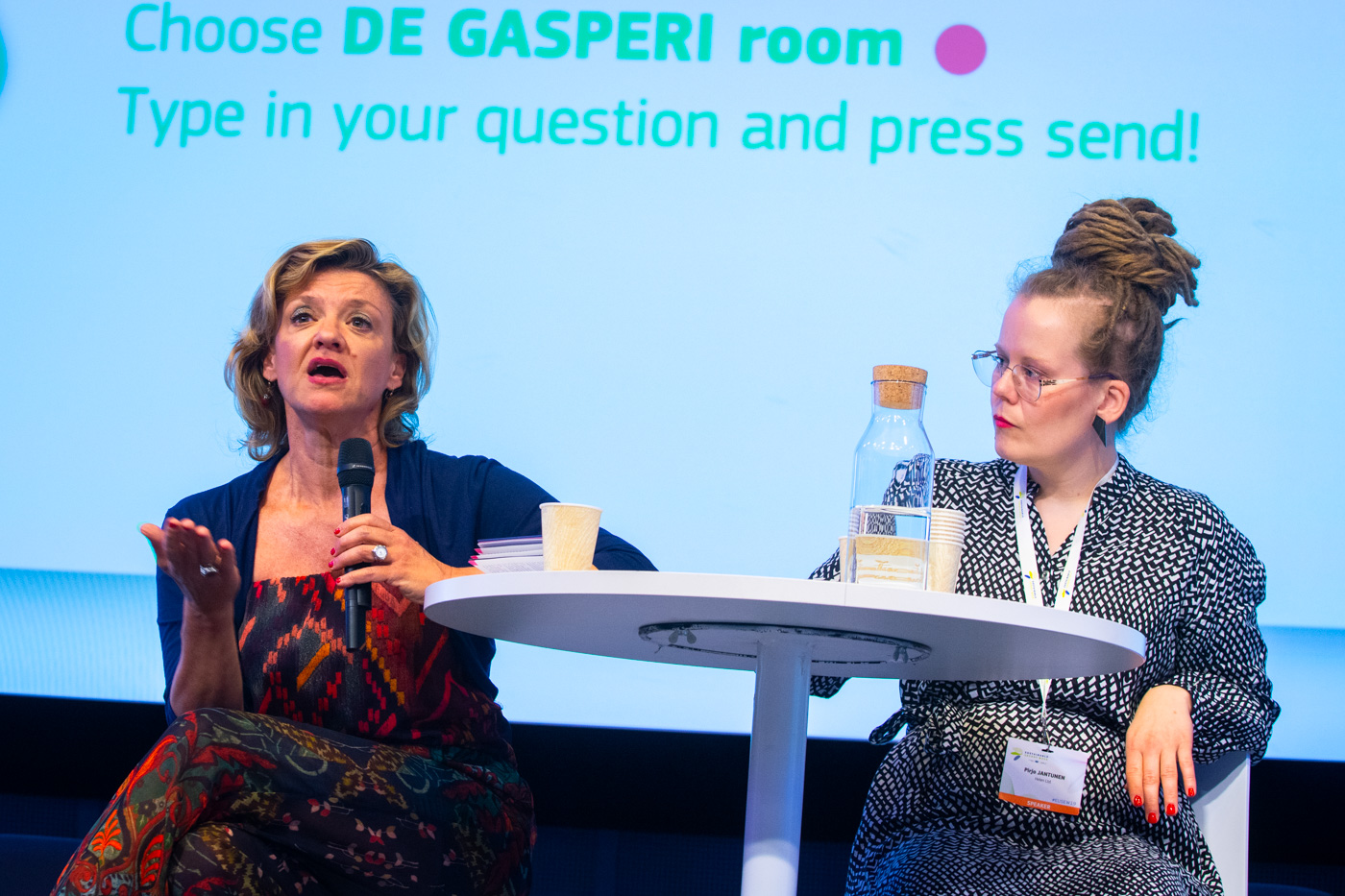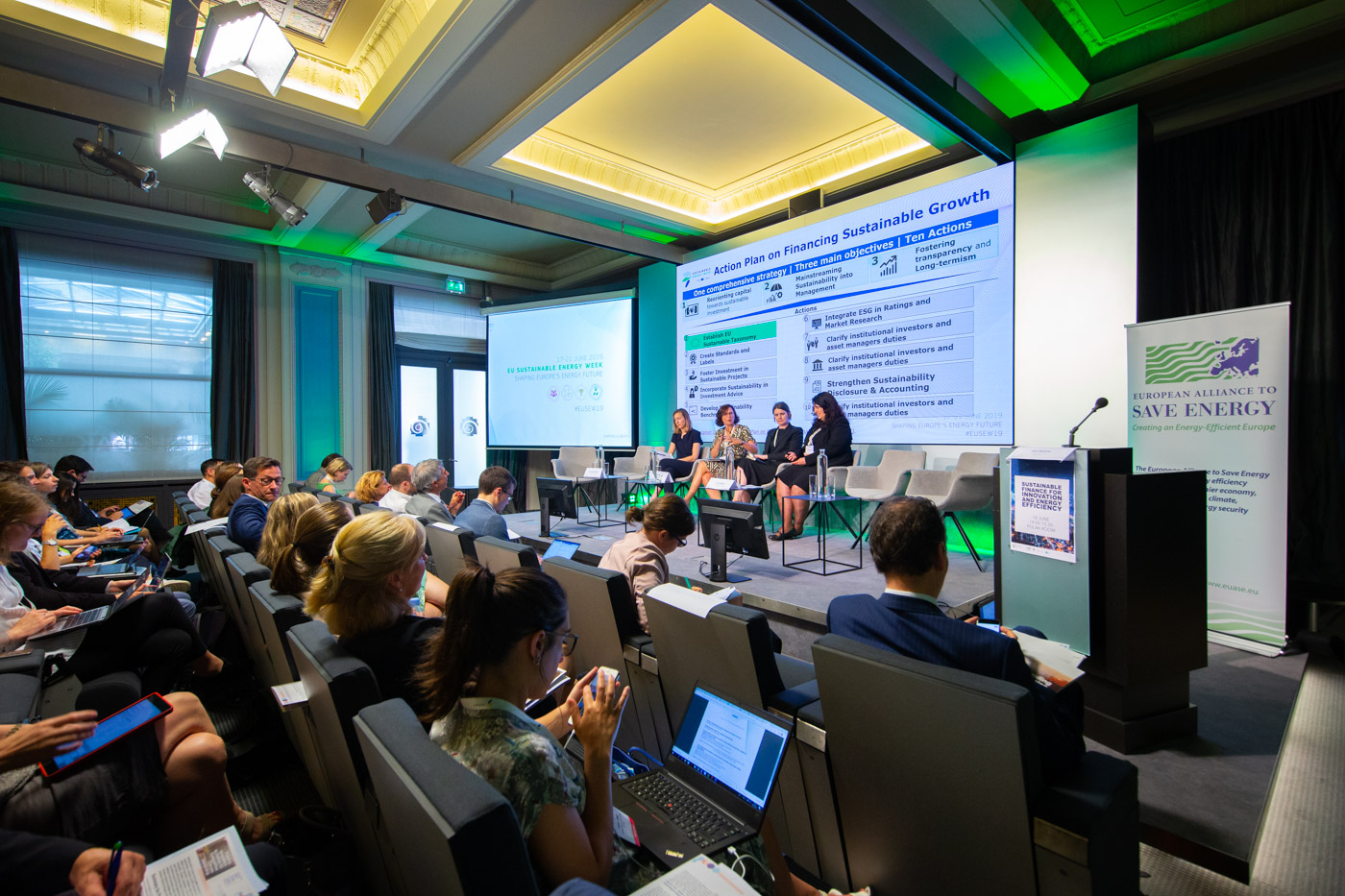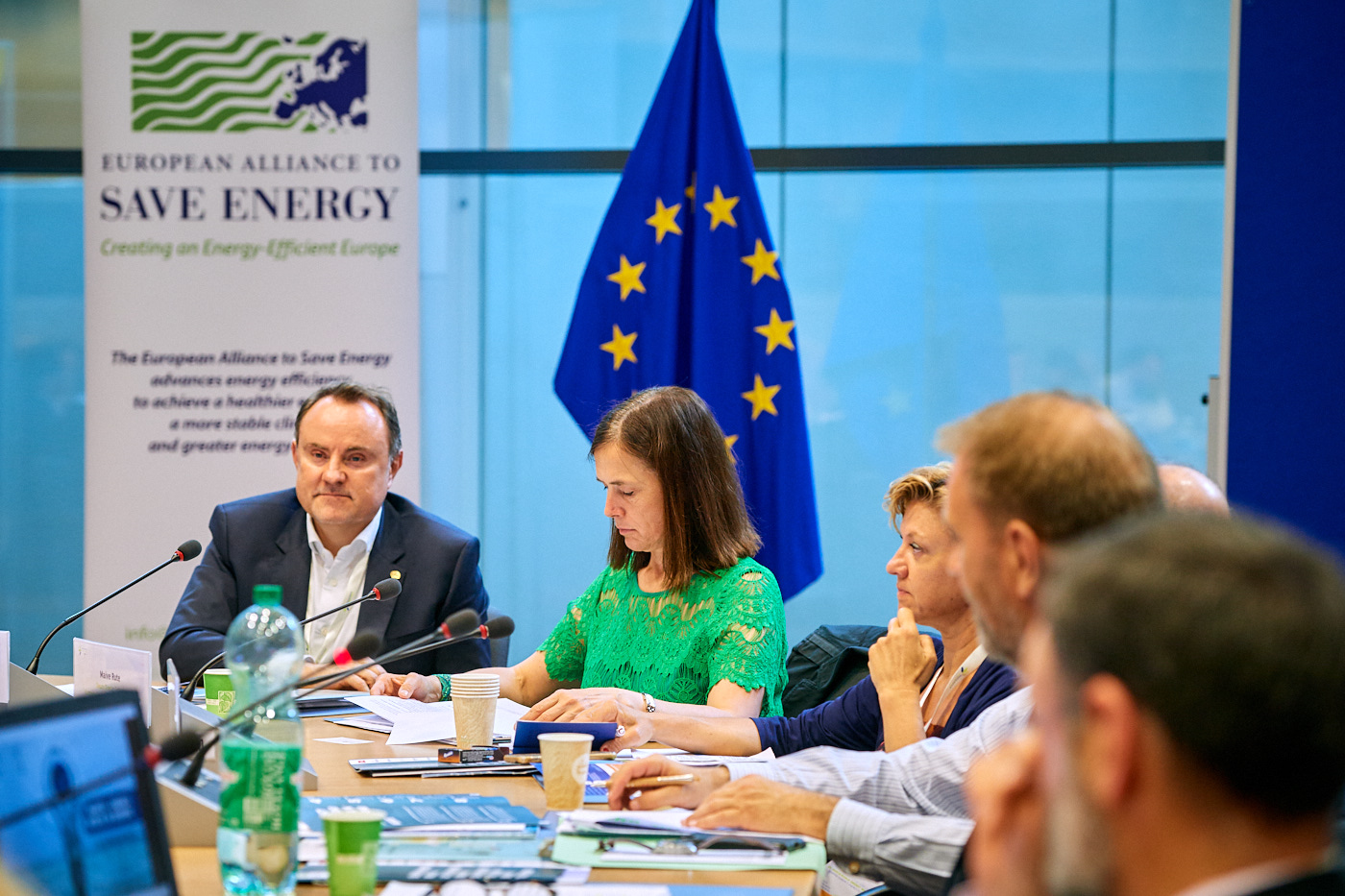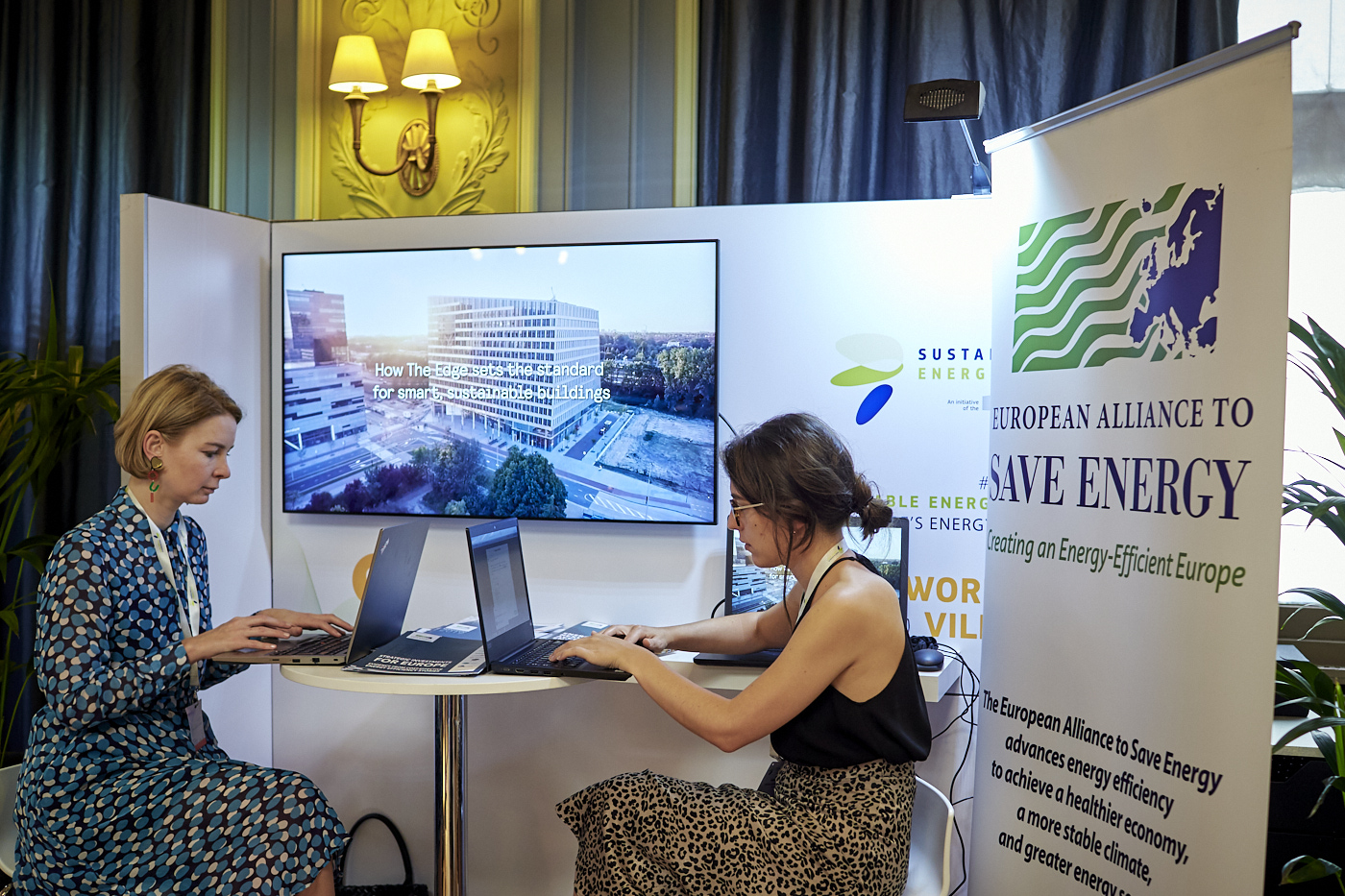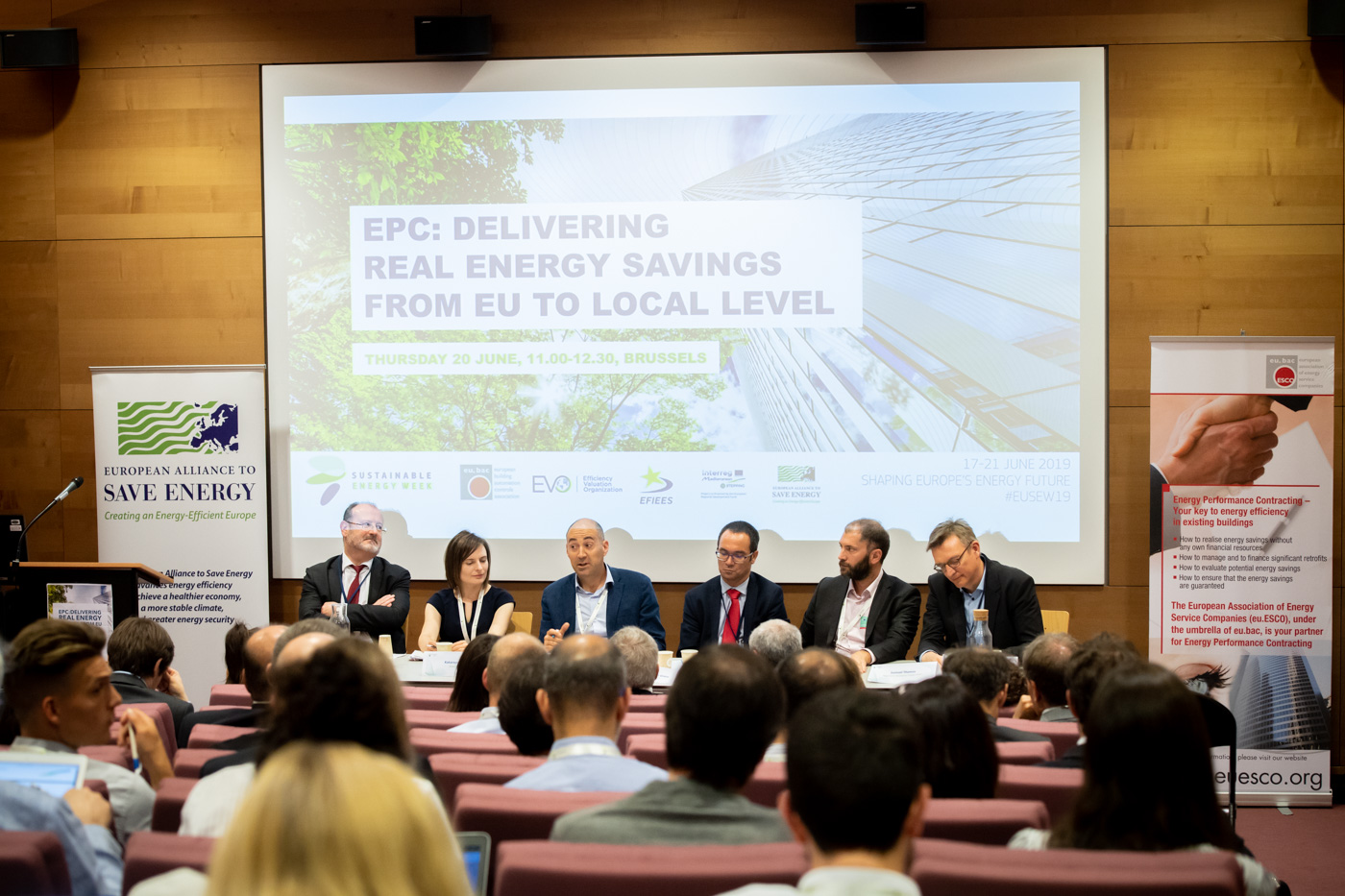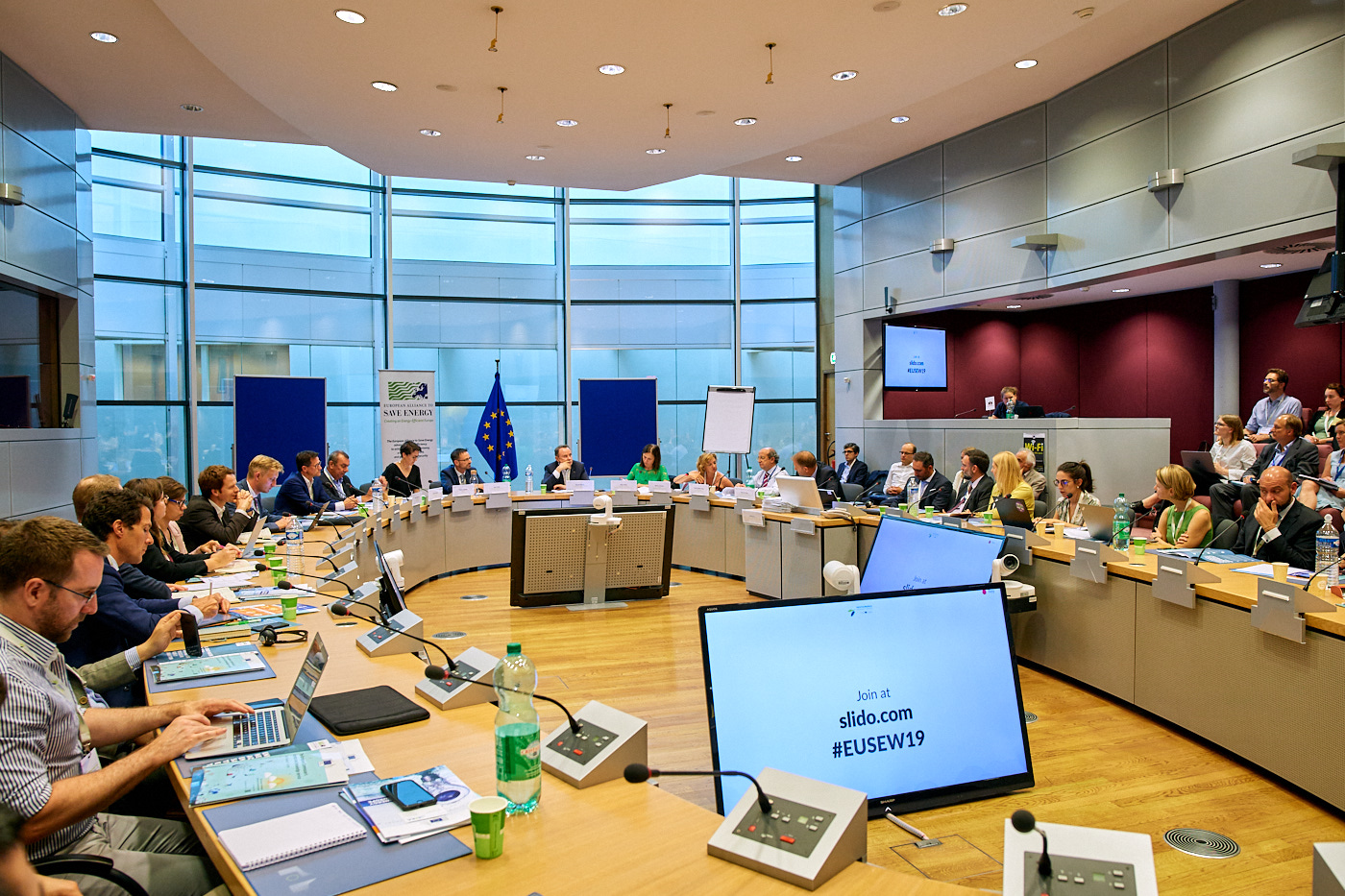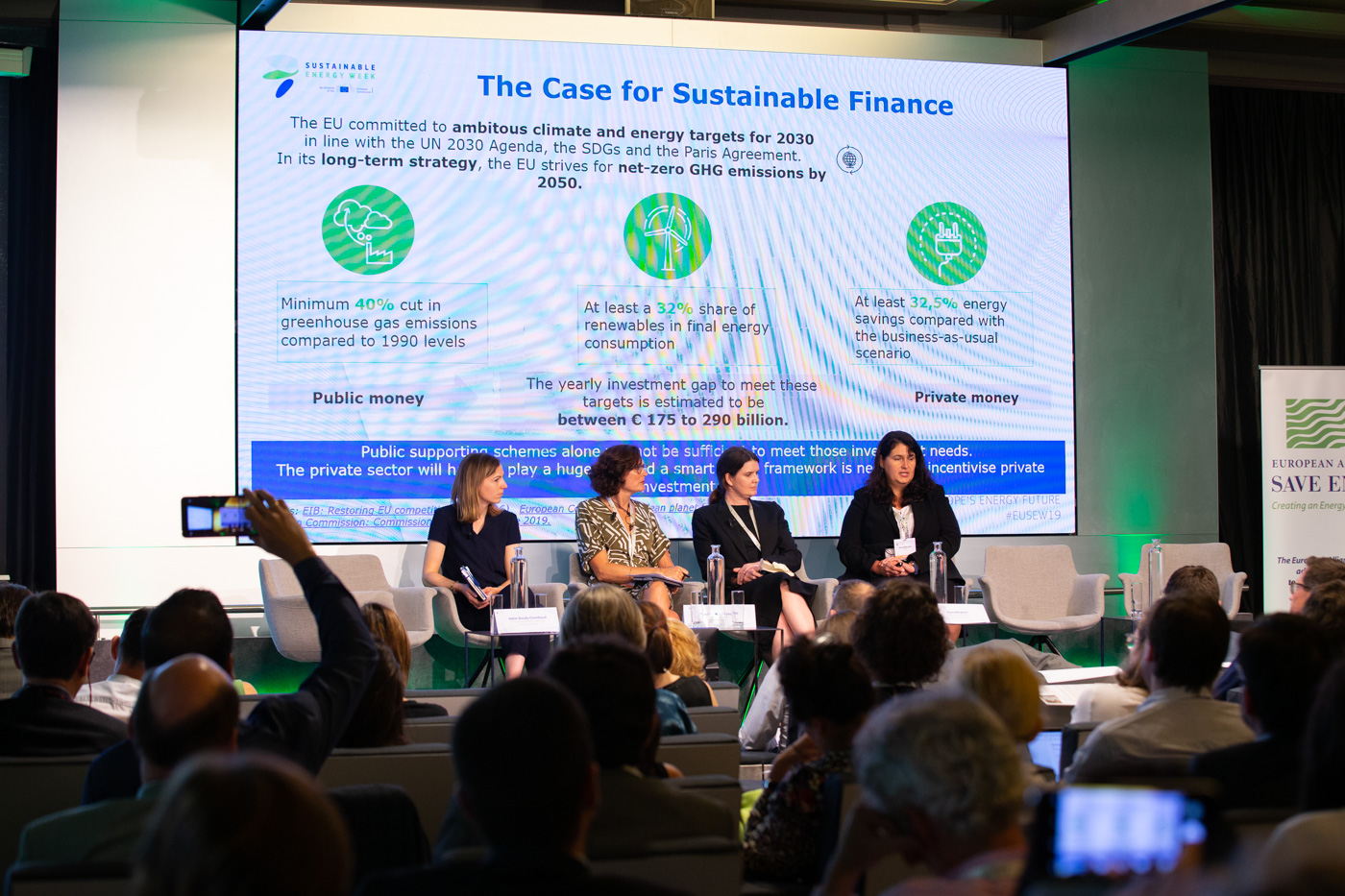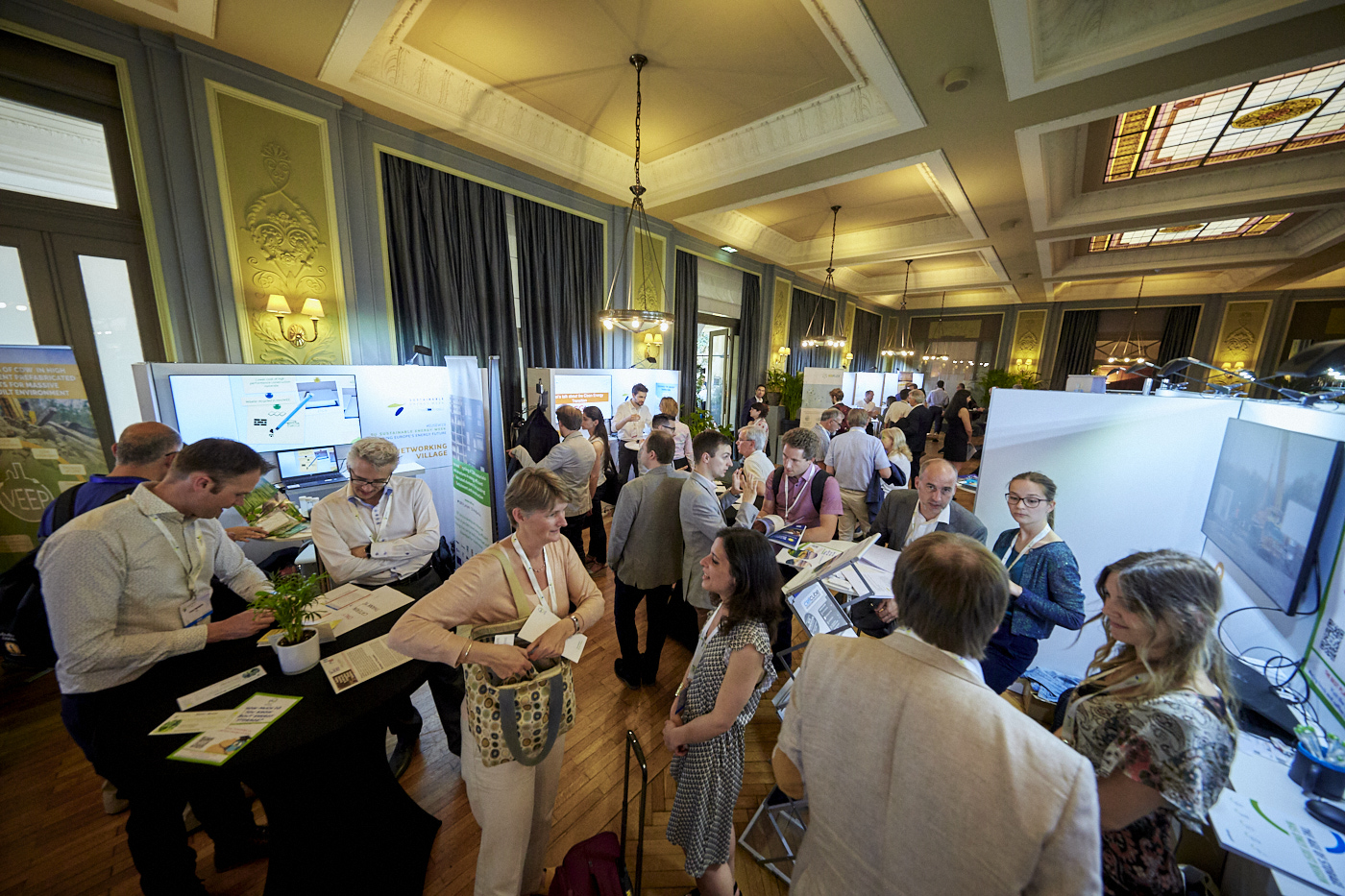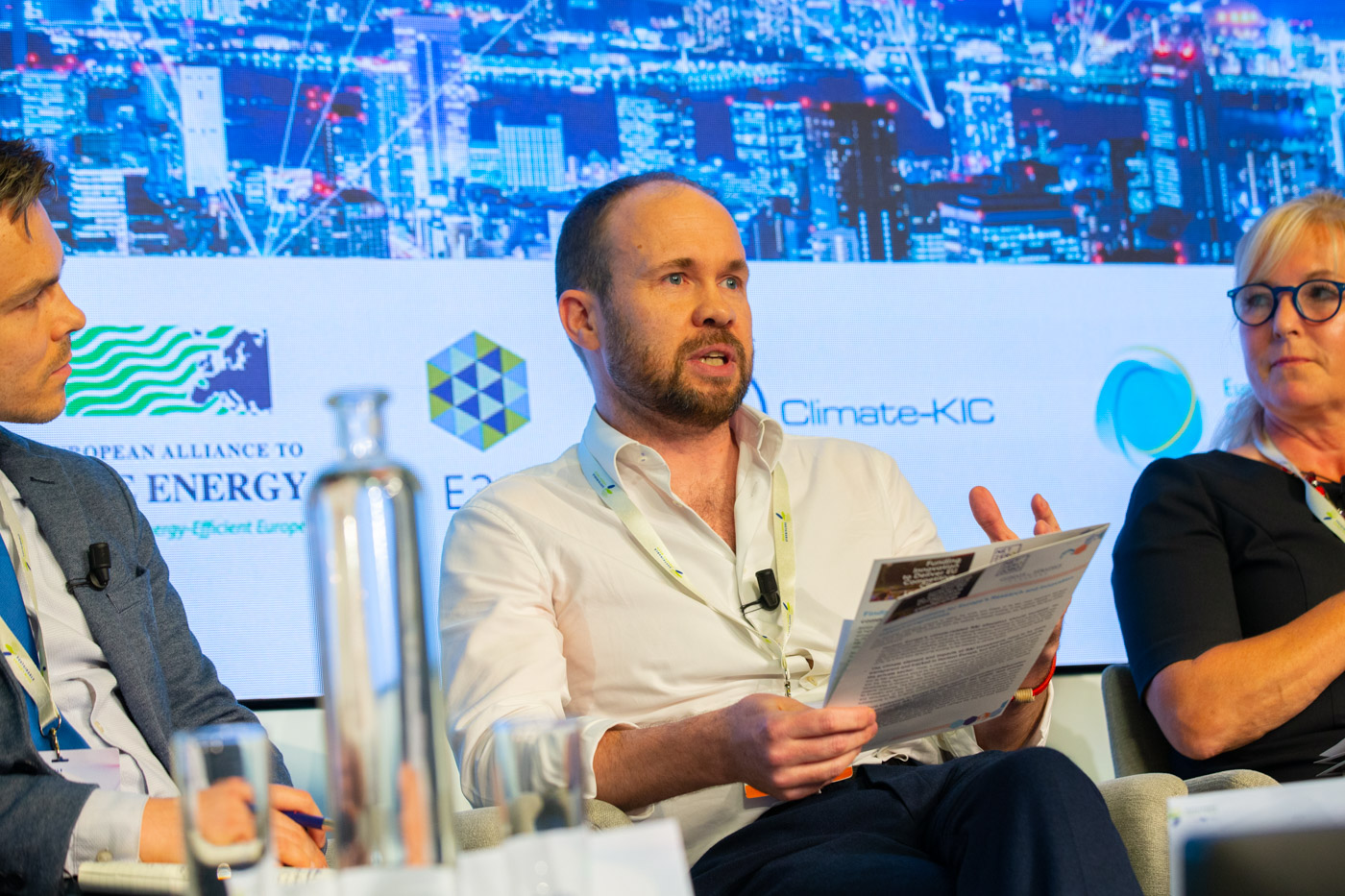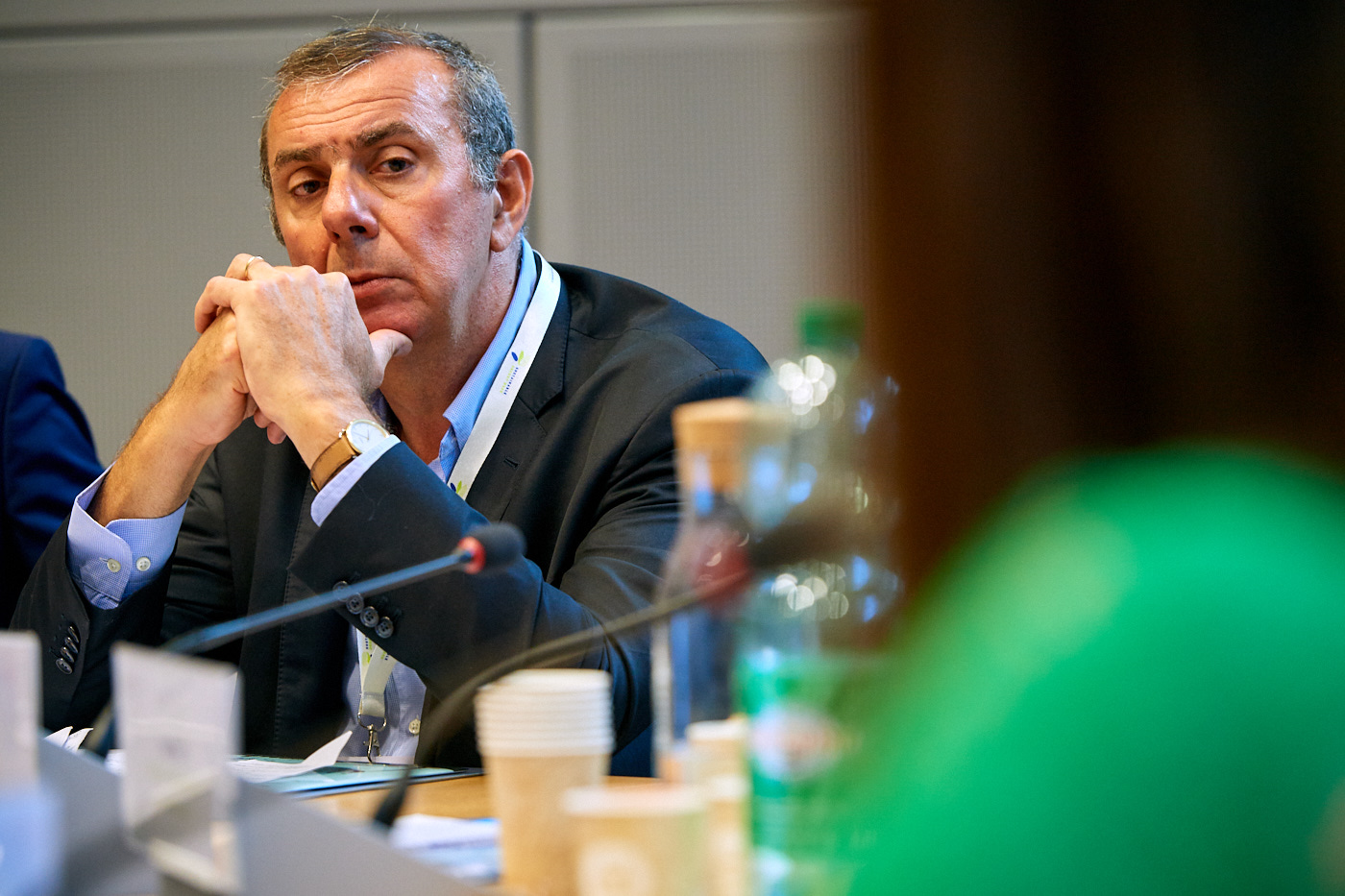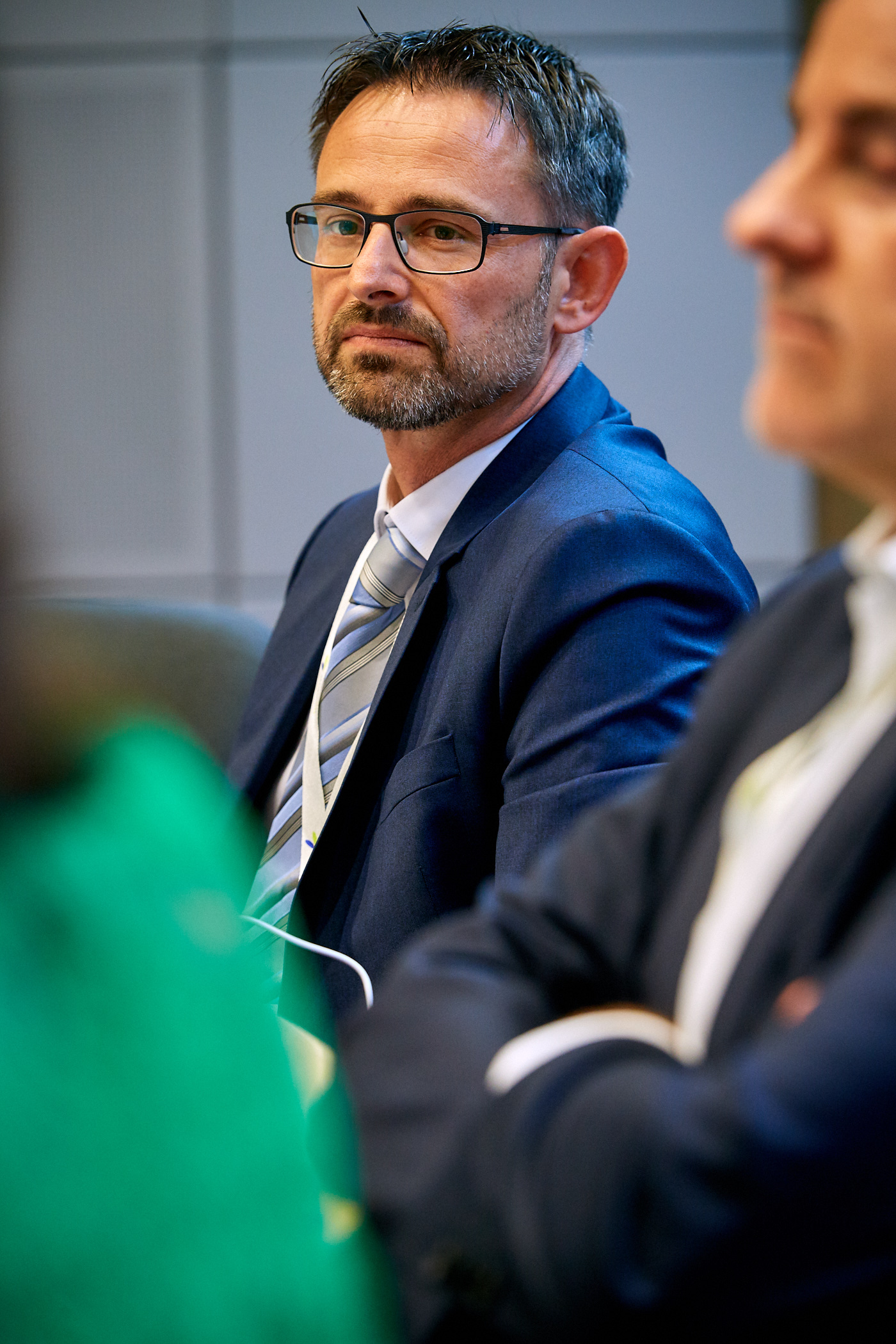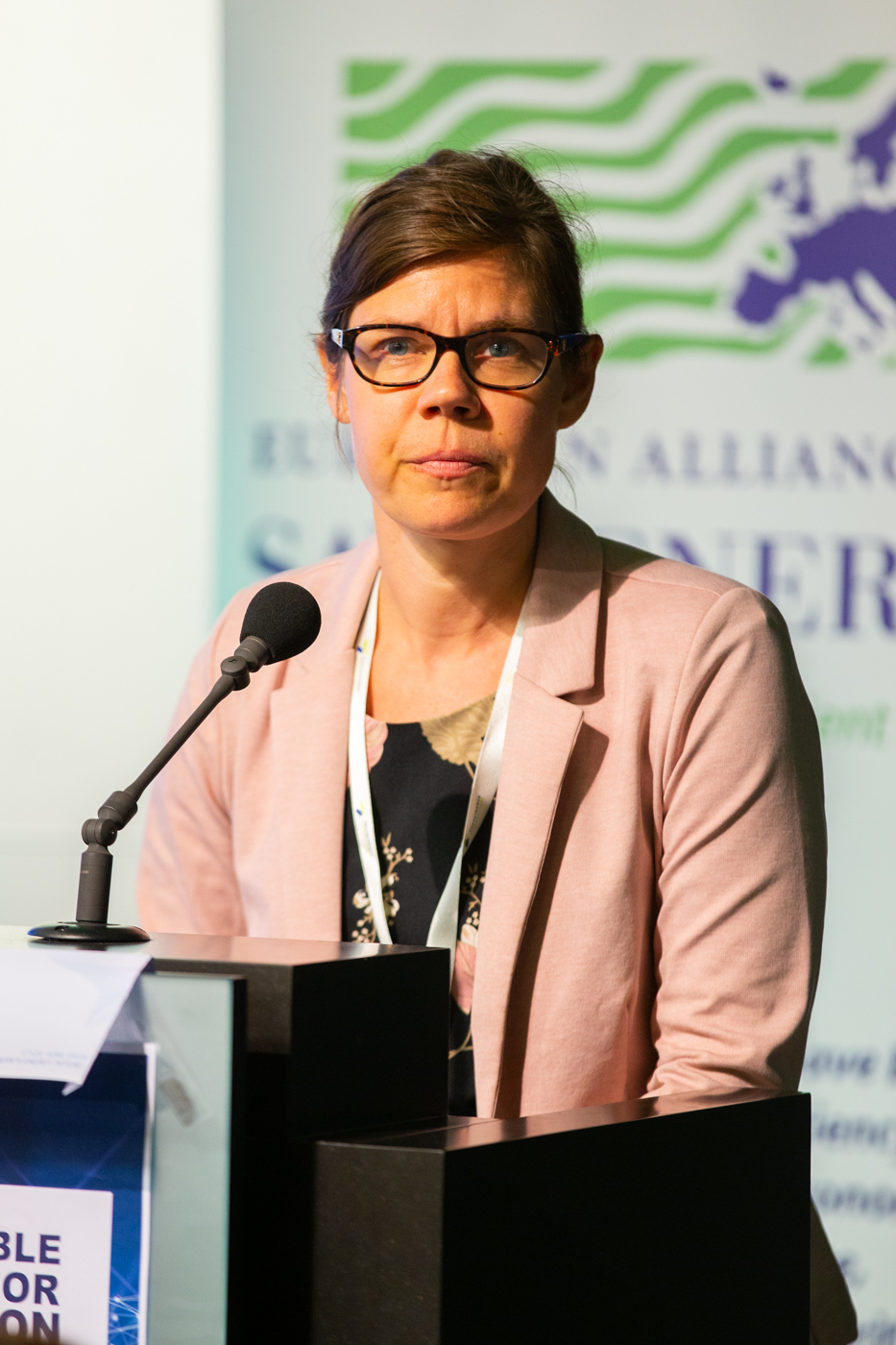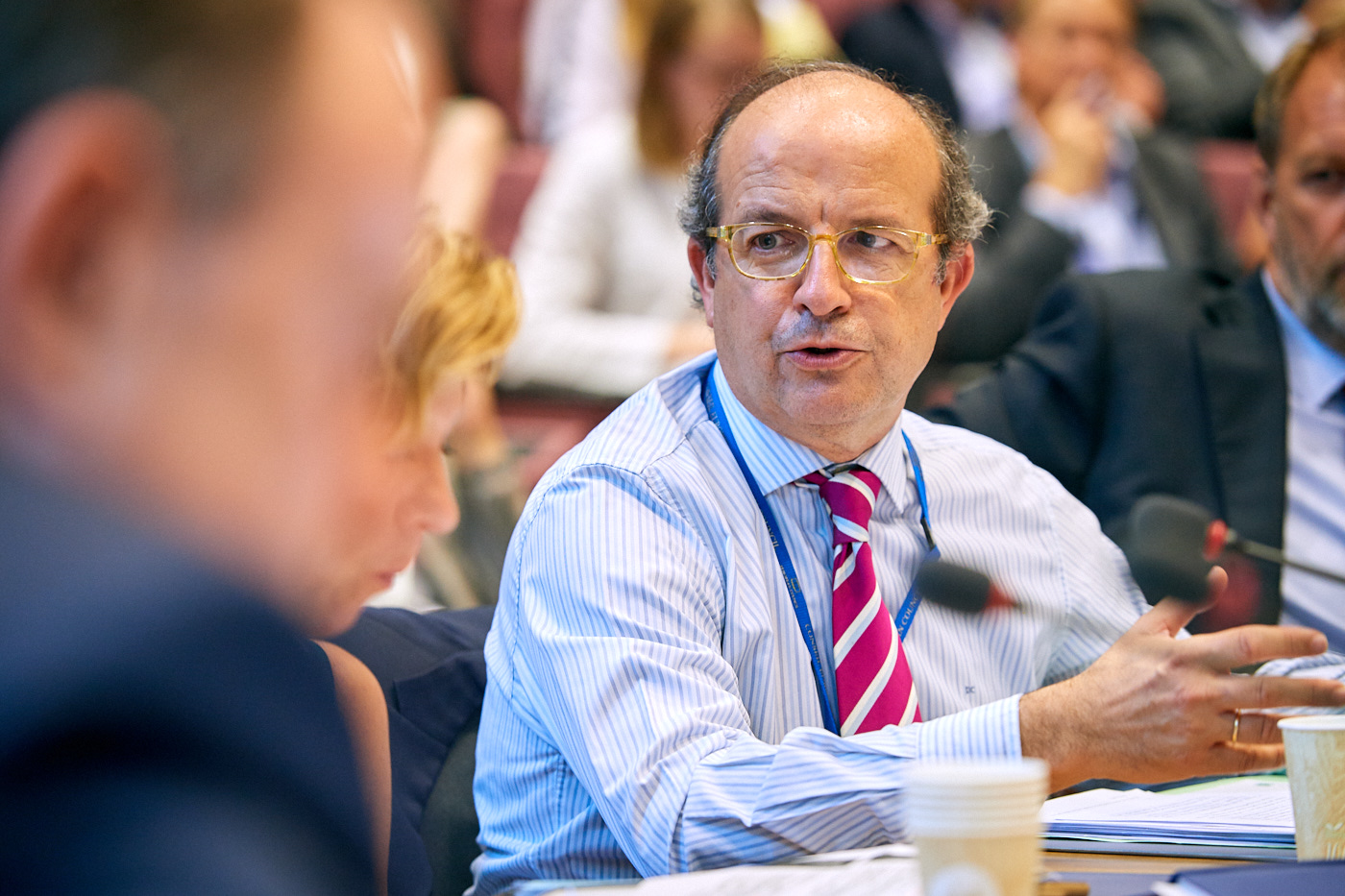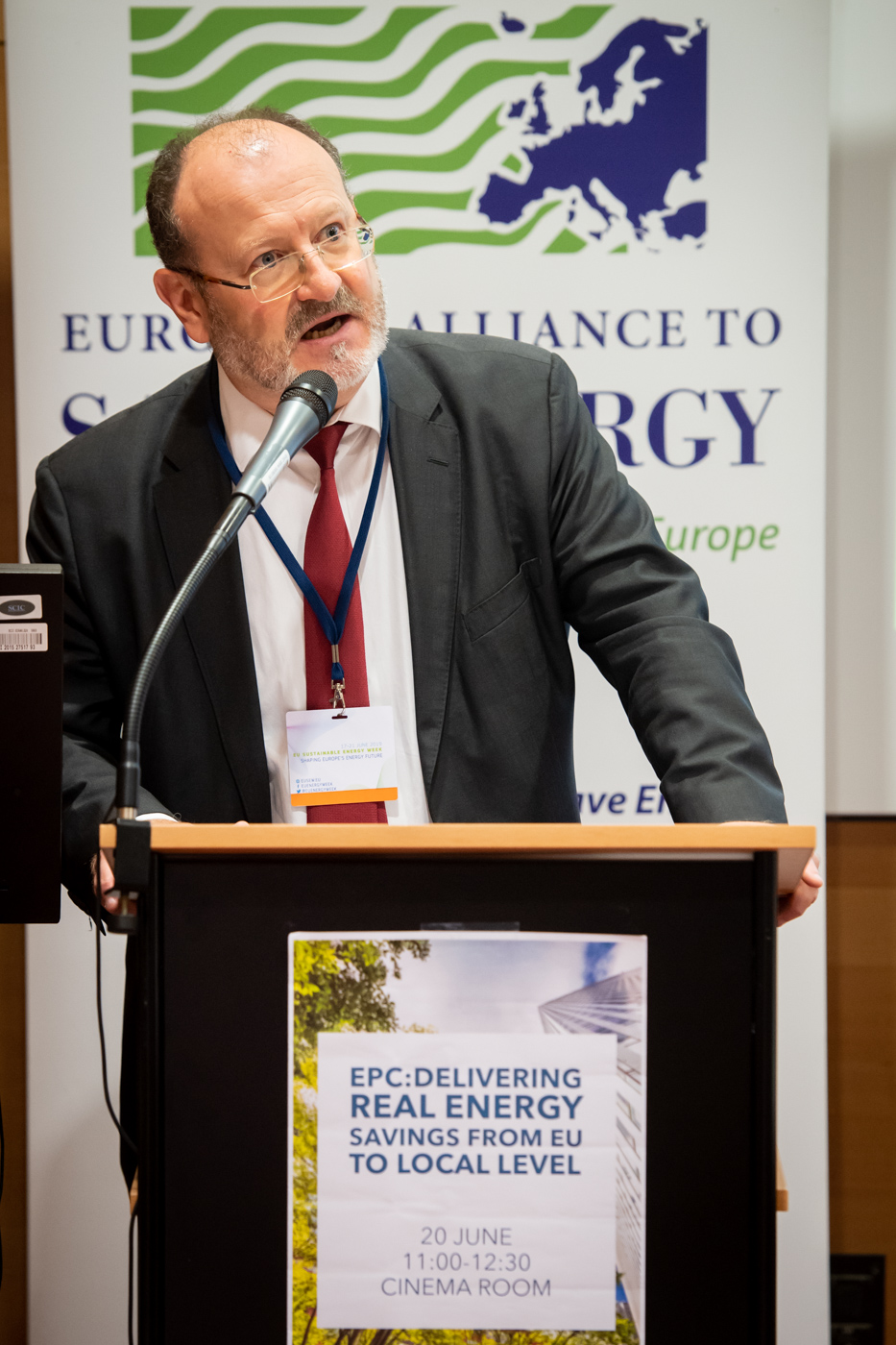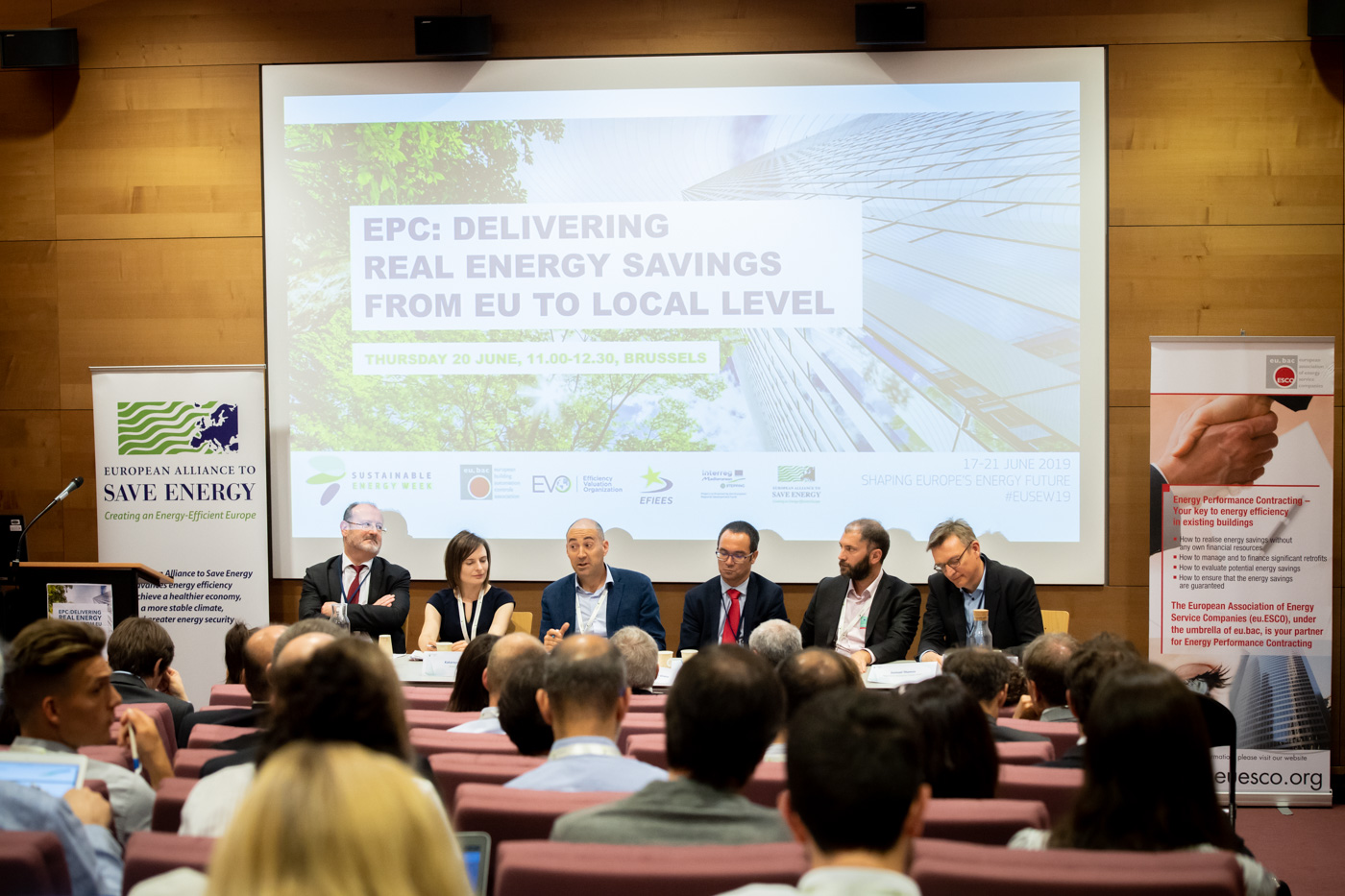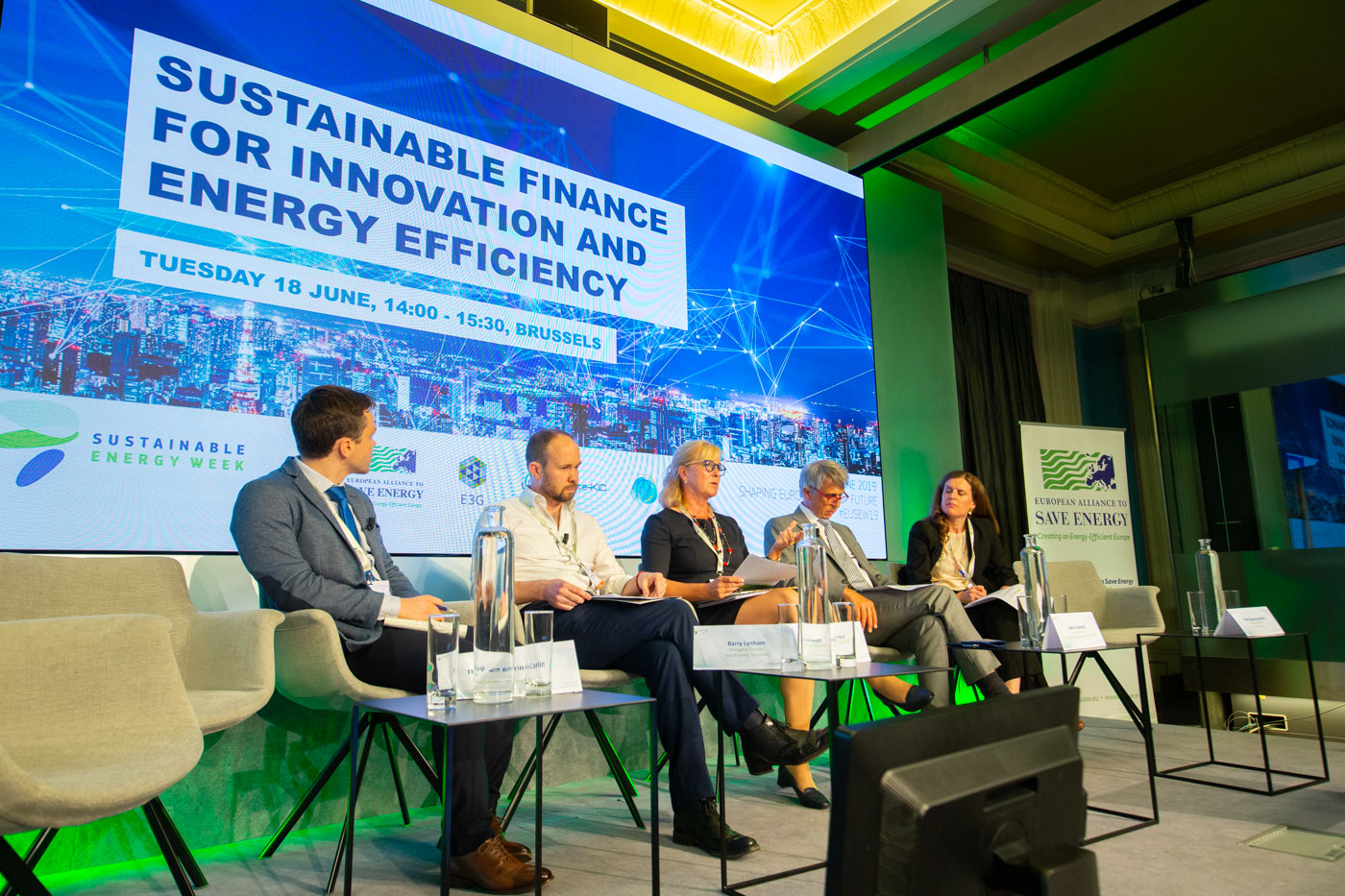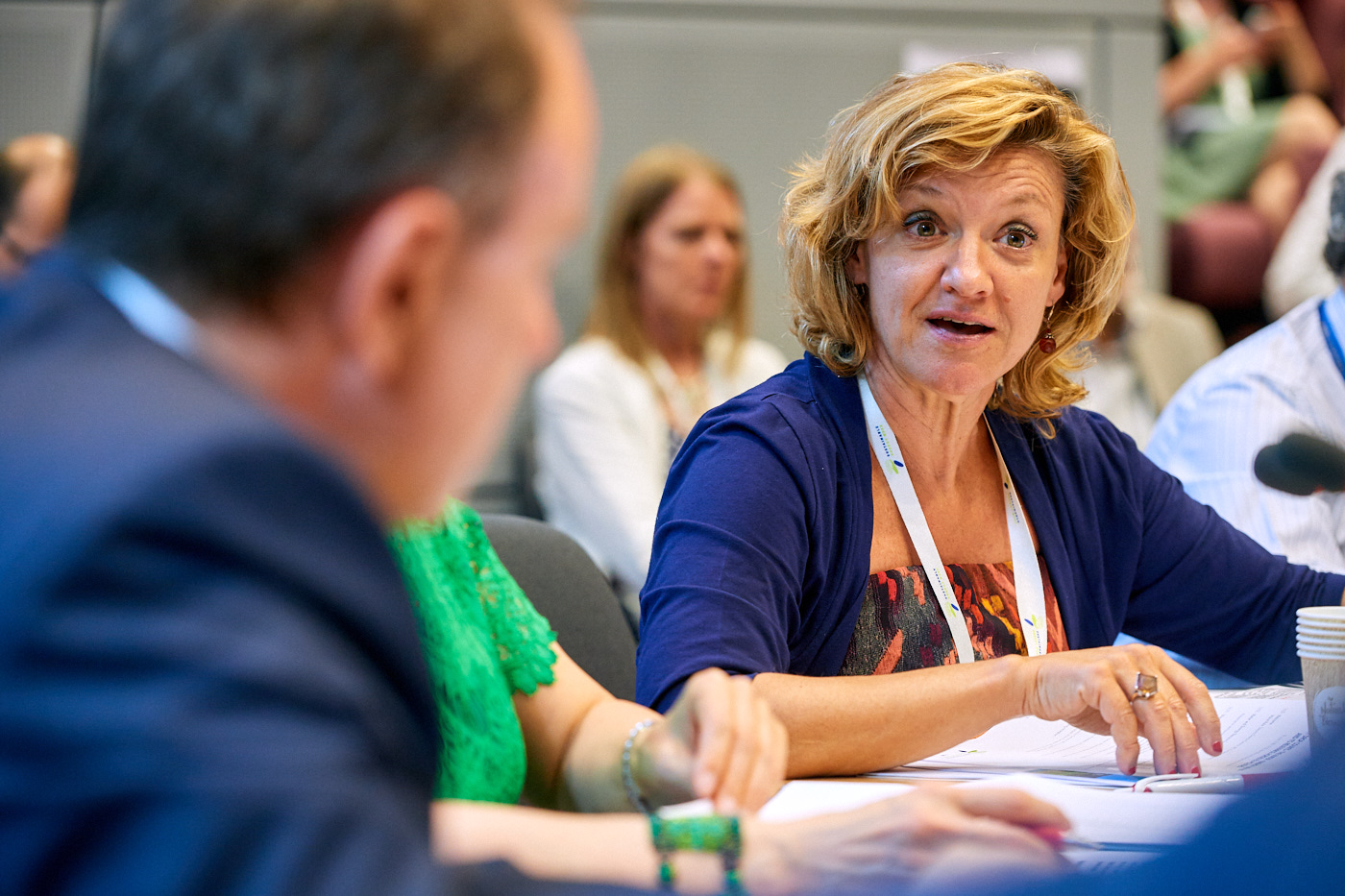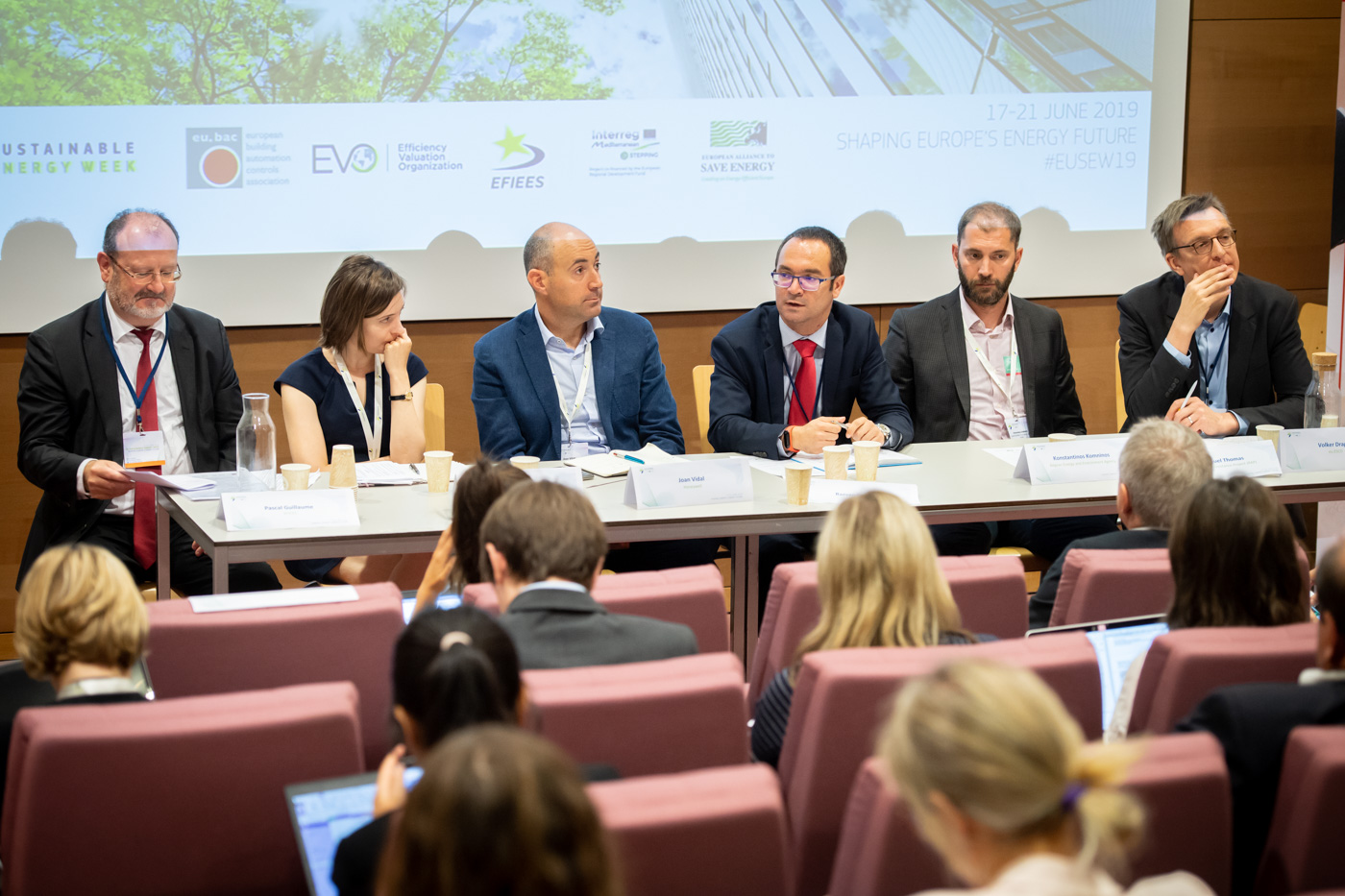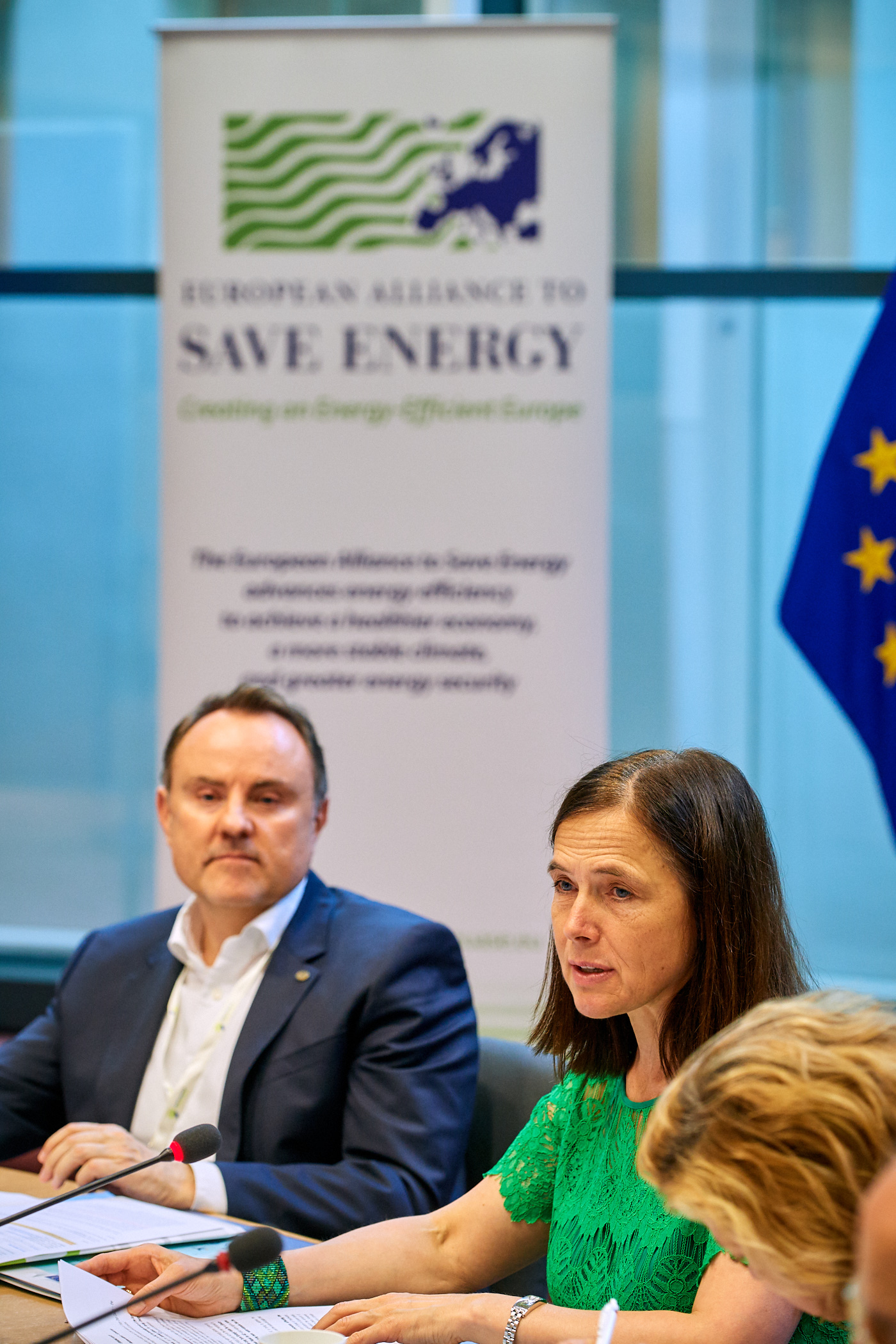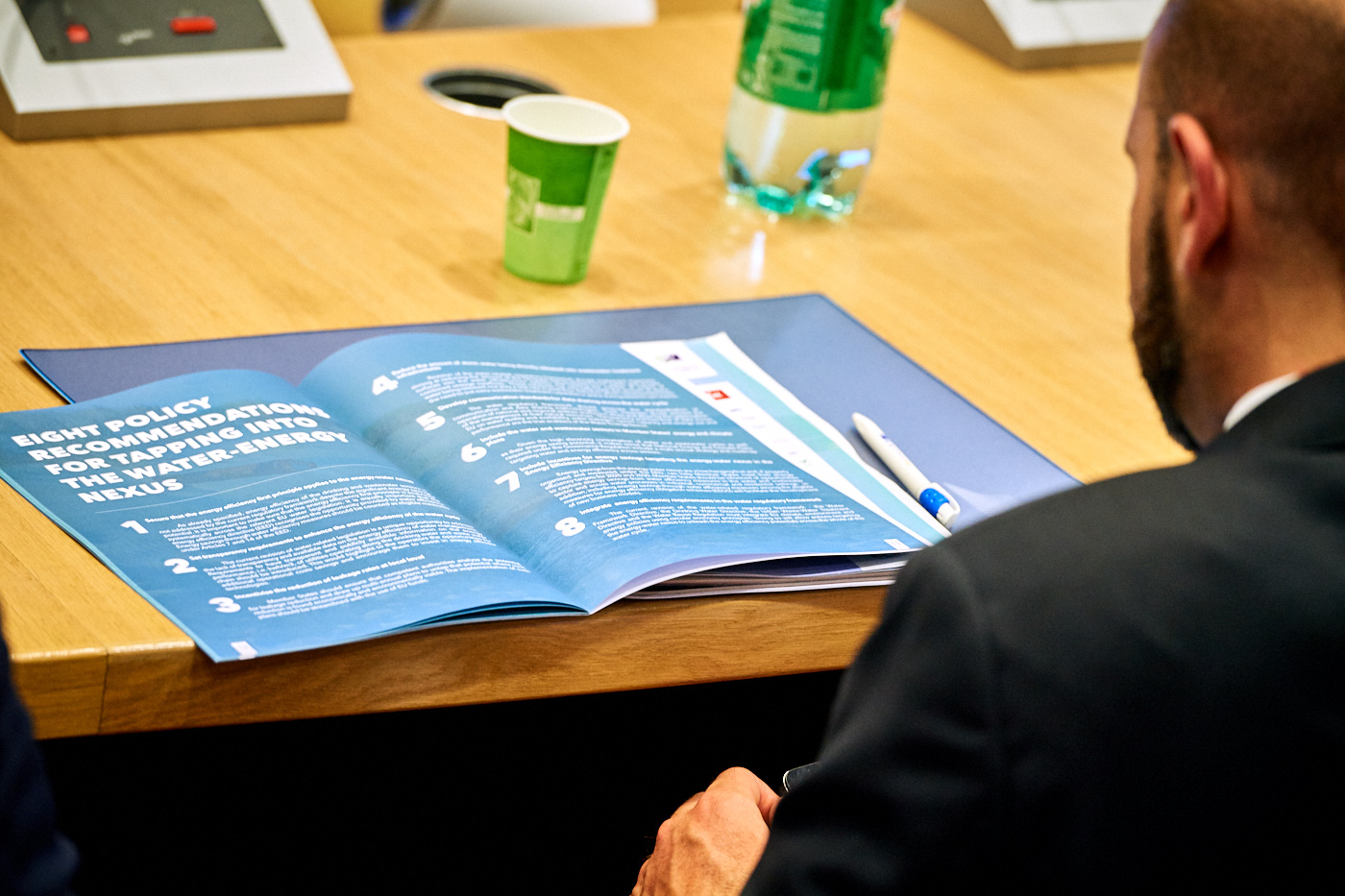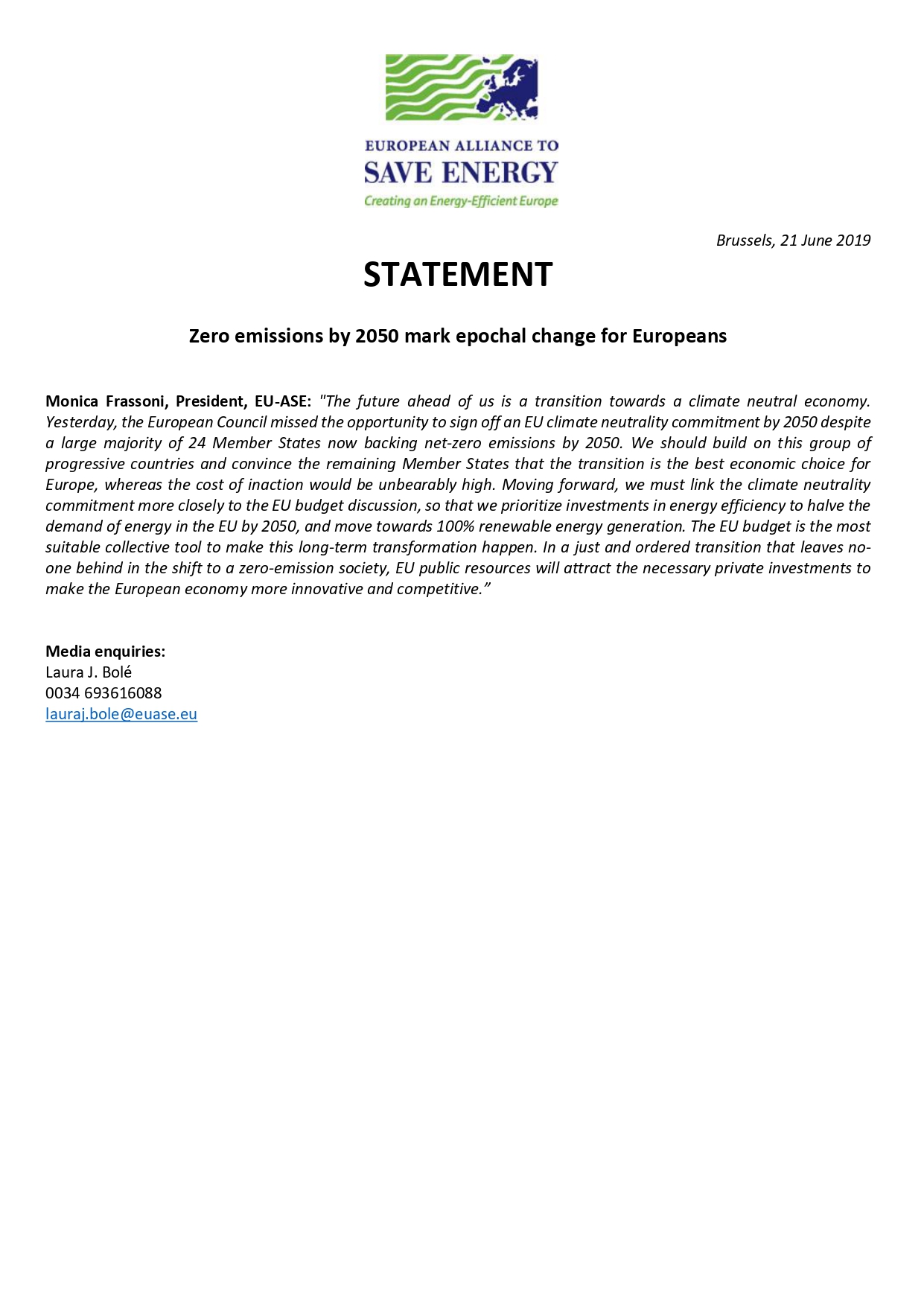EU-ASE Response to European Commission’s Targeted Consultation on EEAG
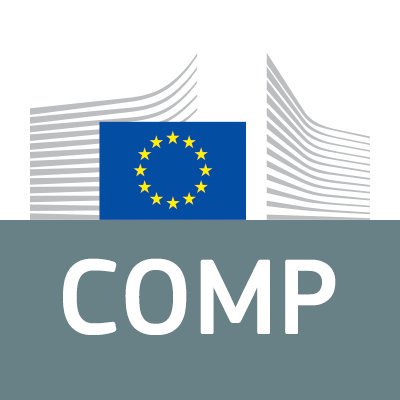
We would like to respond to the Roadmap that was released by DG Competition, namely on: 1) Targeted Consultation for the Evaluation of the Guidelines on State aid for Environmental protection and Energy 2014-2020 (EEAG)
*Please describe the relevance of State aid rules for you.
We believe that well-designed State aid schemes and measures can help achieve important policies in the Member States and in the EU such as reaching the 2030 targets while ensuring that the energy markets are affordable, flexible and secure. This is specifically to:
– Promote the financial investment in energy efficiency and use of renewable energy;
– Prevent the granting of aid that promotes carbon lock-in through investments in unsustainable projects and energy intensive infrastructure.



